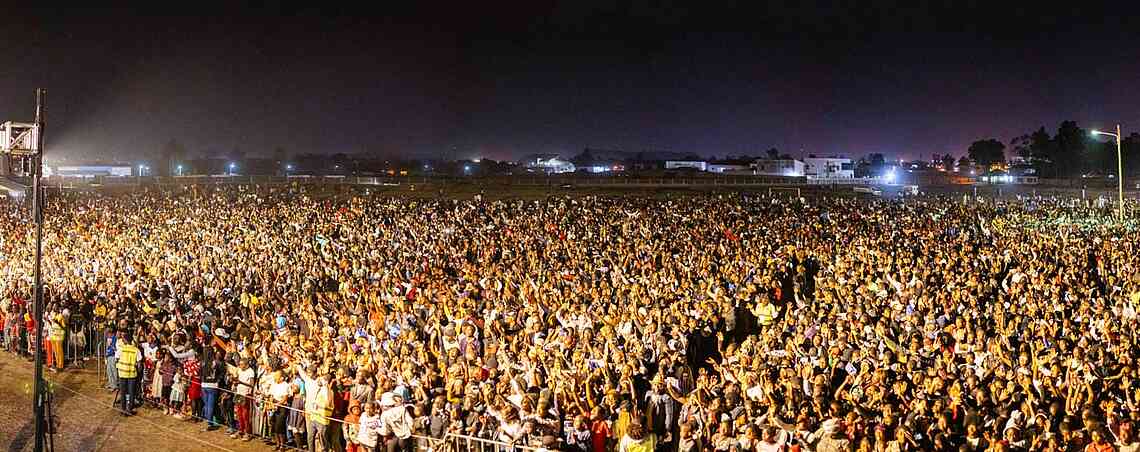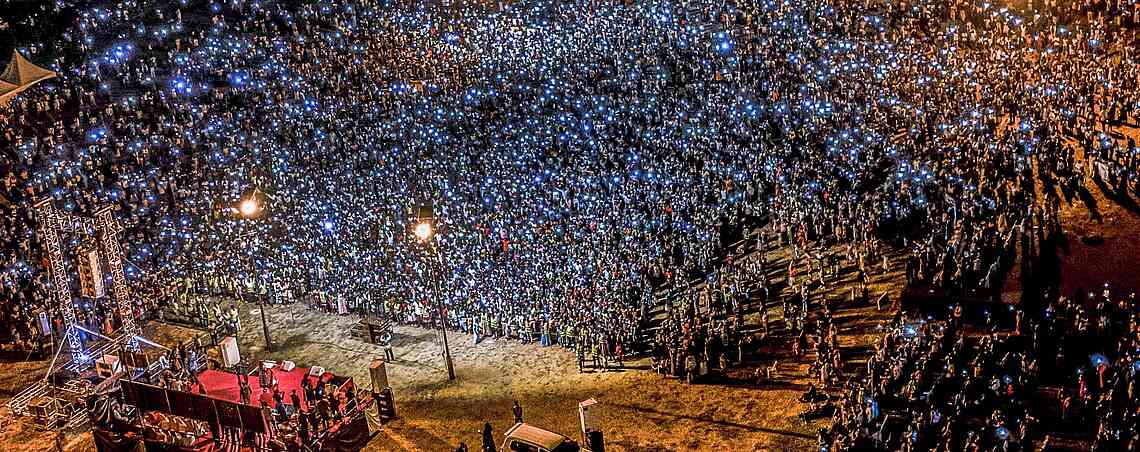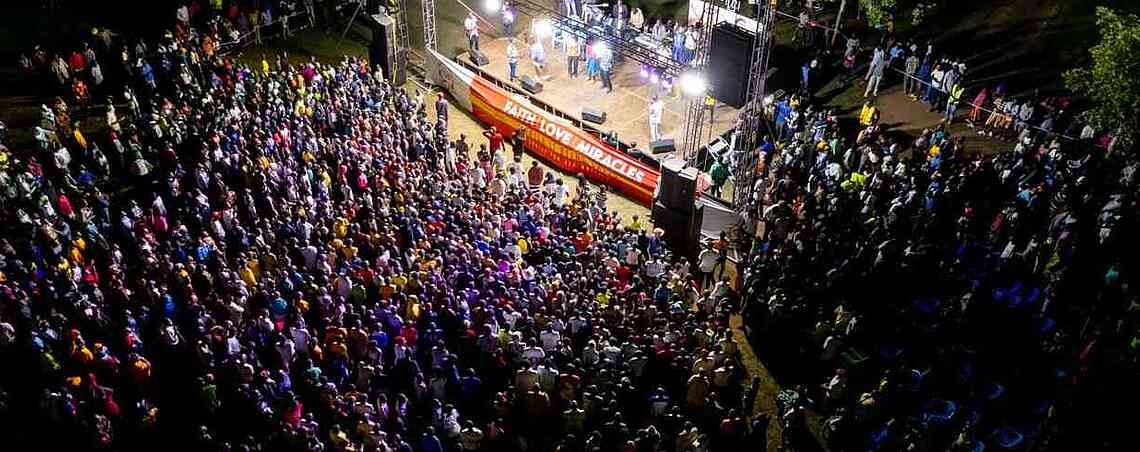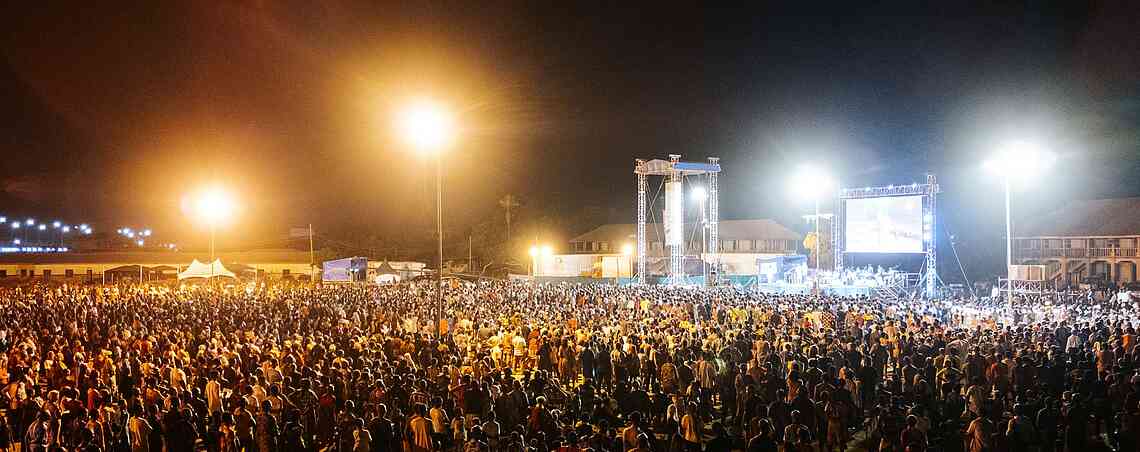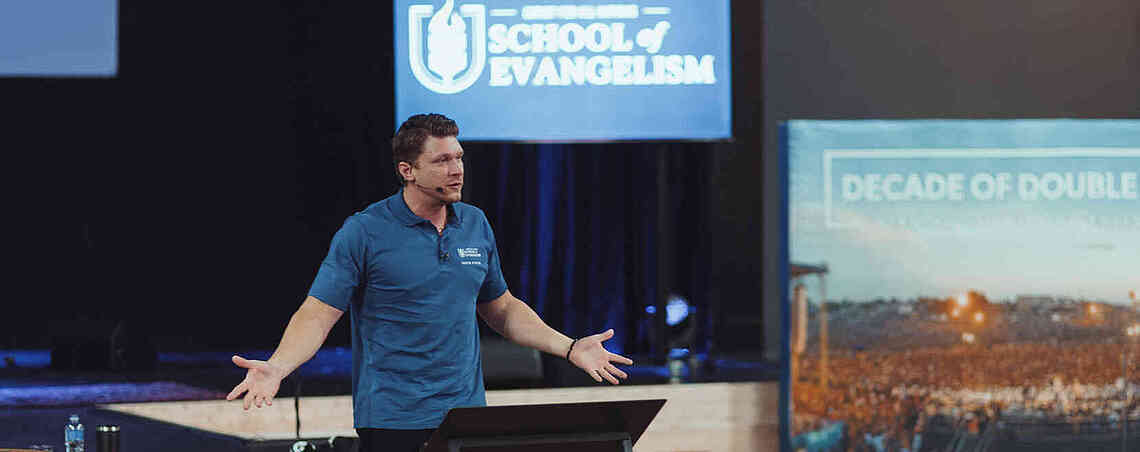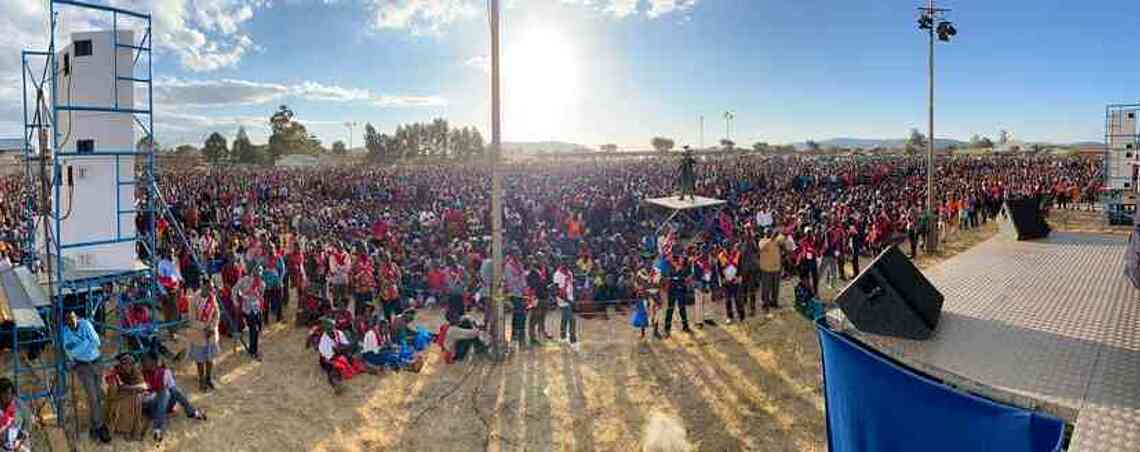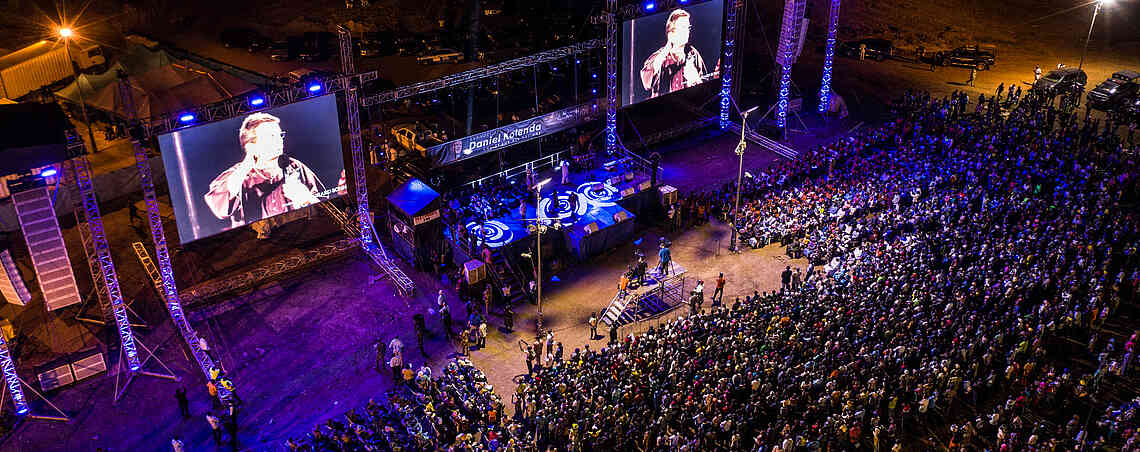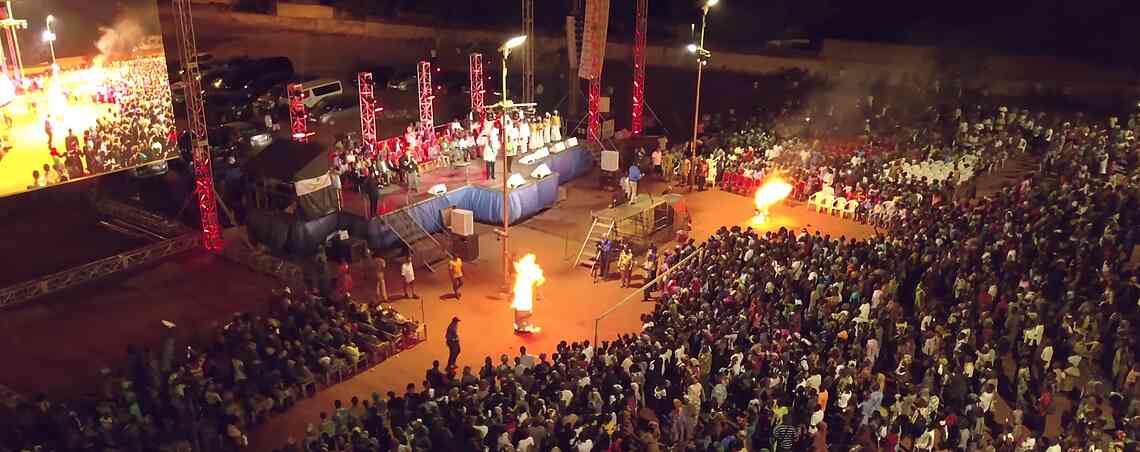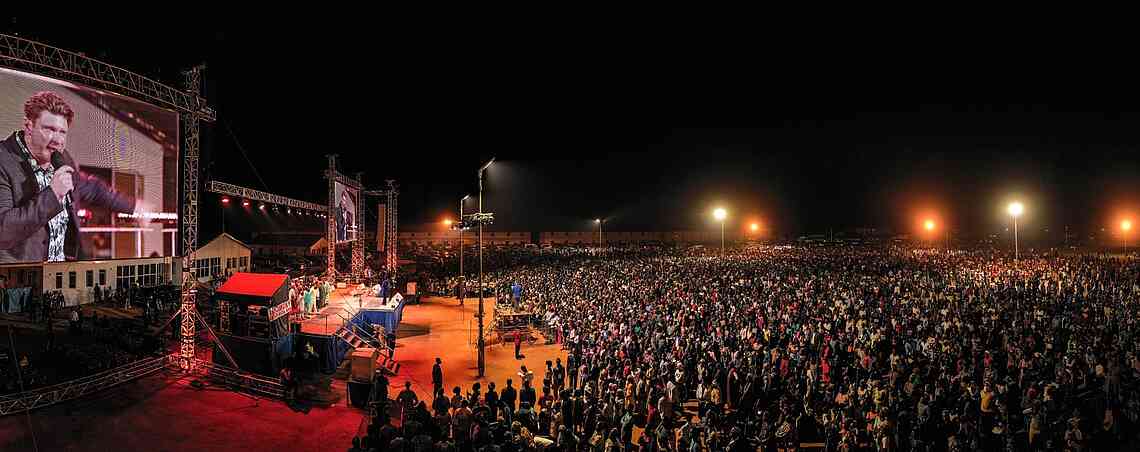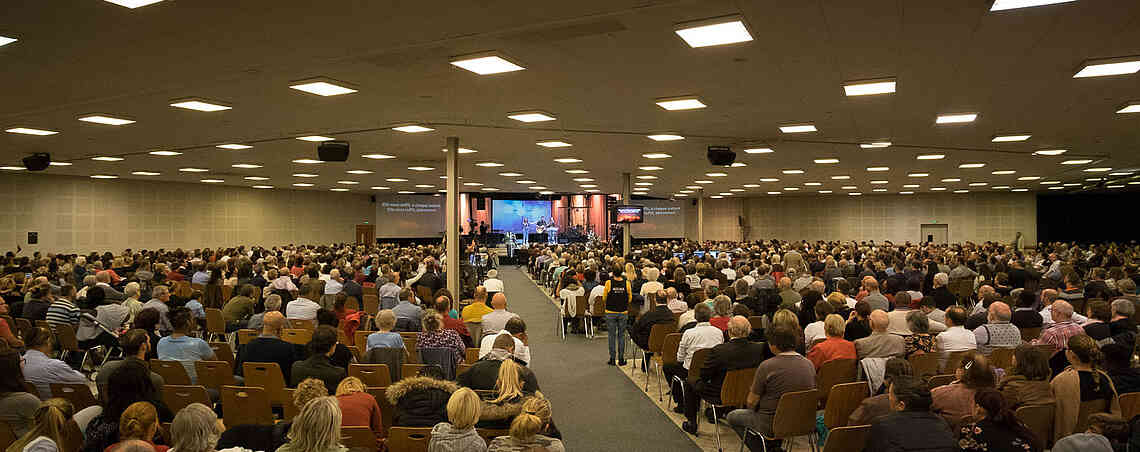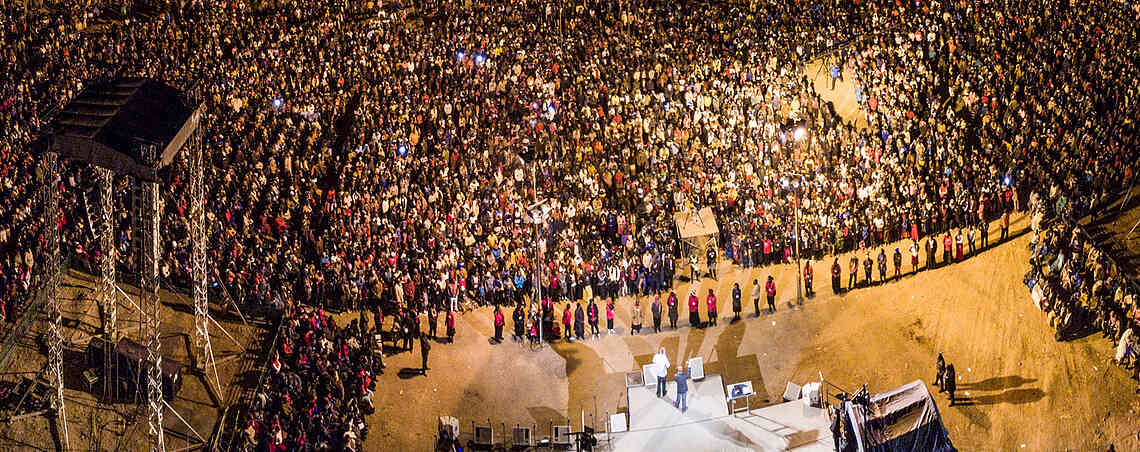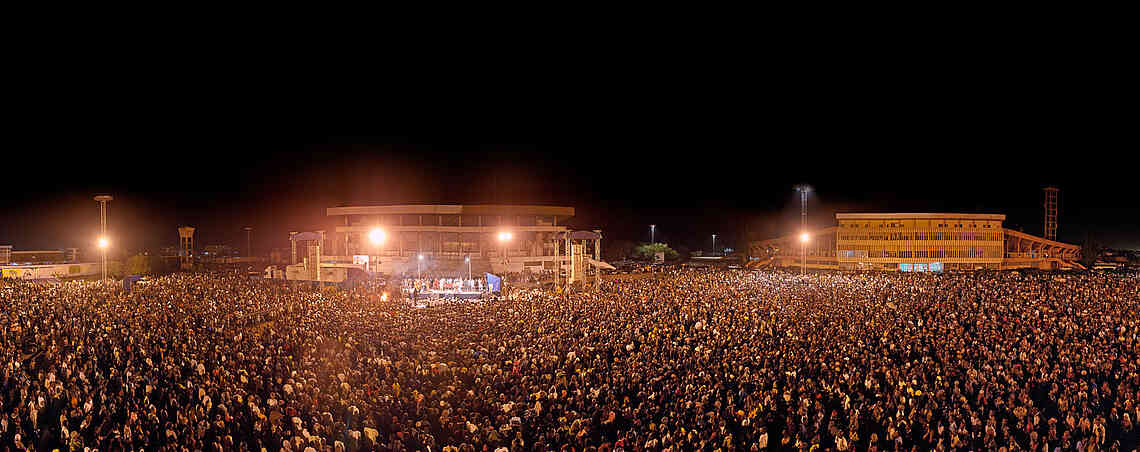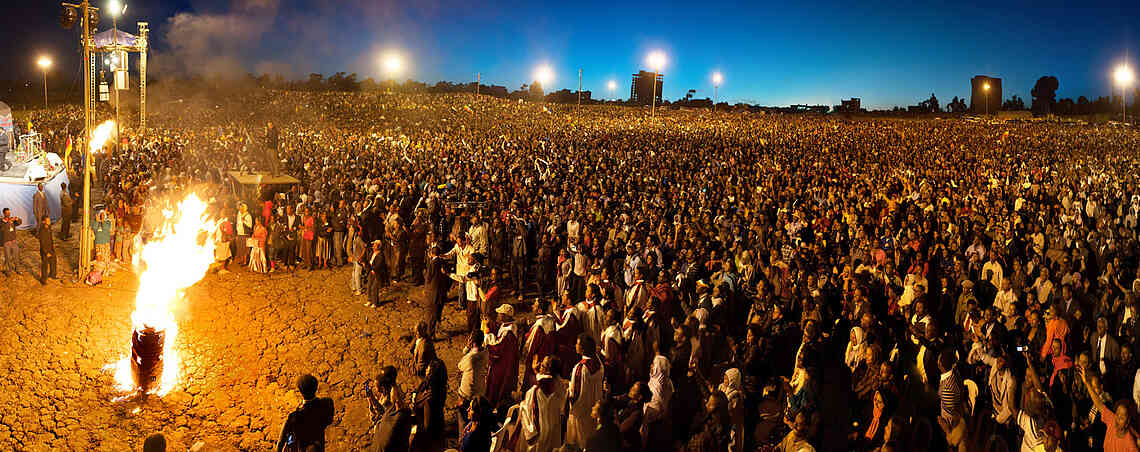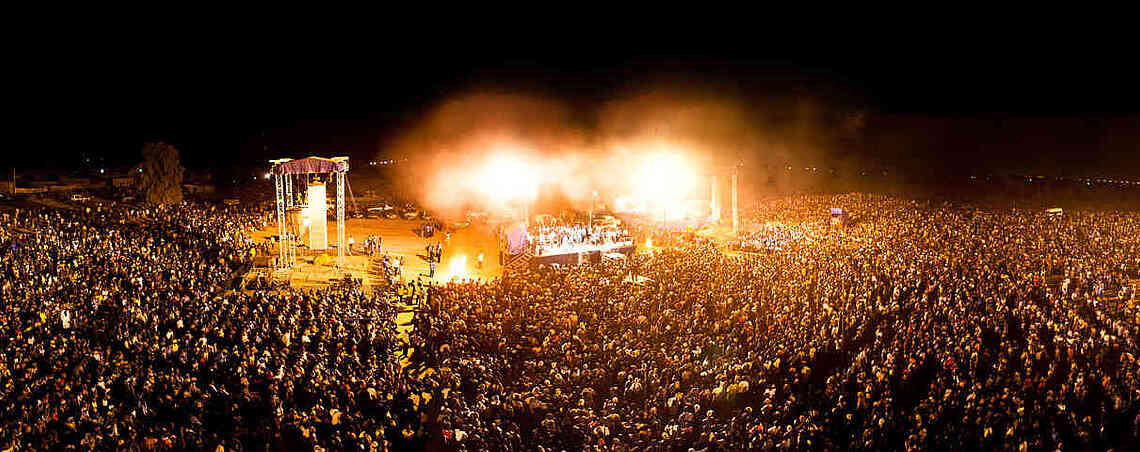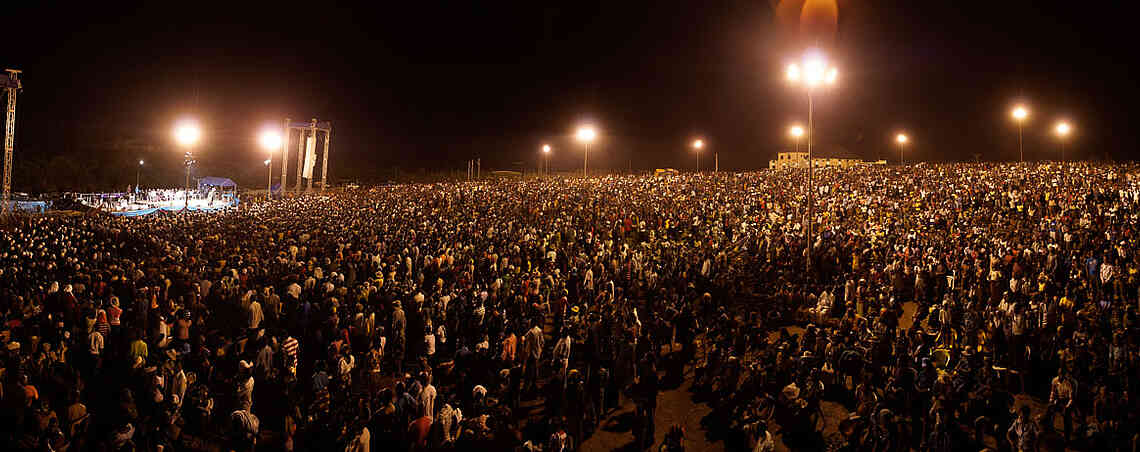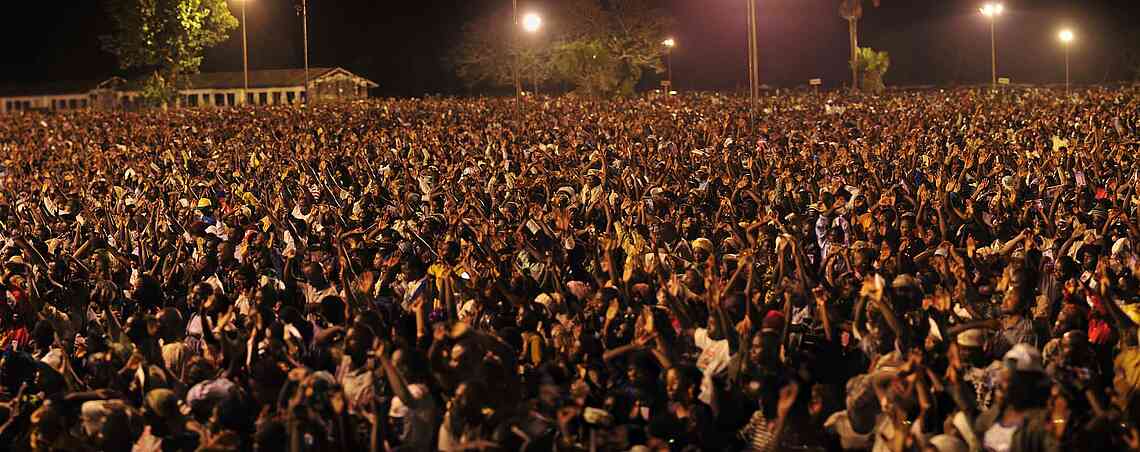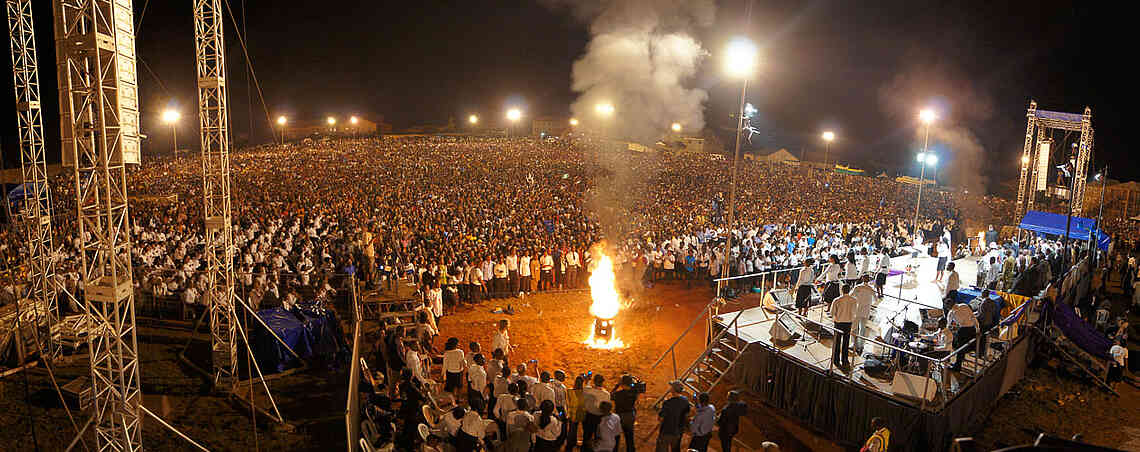
You can read an excerpt from the book here
THE MEANING OF LIFE
There was a brilliant seventeen-year-old girl who got perfect scores on the Scholastic Achievement Test and a perfect score on the University of California acceptance index—a feat never accomplished before. She was a true genius. But when a reporter asked her, “What is the meaning of life?” She replied, “I have no idea. I would like to know myself.”1
The meaning of life stands as history’s great existential question—the object of humanity’s philosophical struggle since the beginning of time. The question has stumped the most brilliant thinkers, and it continues to intrigue both sinner and saint. Yes, even Christians can wrestle with the meaning of life. But they express the issue with far more precision, actually asking two questions: Why was I created? And why was I saved?
As we search the Scriptures, we find that the answer to both questions is the same. When you find the answer to one, you have found the answer to both—and thus to the meaning of life itself.
To answer the first question—Why was I created?—we go back once again to the very beginning. In the opening chapters of the Bible we find a theme that runs from Genesis to Revelation. As we have already seen, when God first created Adam and completed him with Eve, He gave the two of them a specific purpose as humans: subdue the earth and have dominion over it (Gen. 1:26–28). In other words, God made humanity not as another creature like the plants and animals but as His special assistant in ruling the world. Just as Eve was made as a helper suitable for Adam, so humankind was made as a helper suitable for God.
God’s gifts and callings are irrevocable (Rom. 11:29), a principle that continues to apply to humanity’s call to have dominion. Adam’s fall in the garden has not changed that calling. God continues to honor it. In fact, this is God’s eternal plan. We glorify God most when we fulfill the purpose for which He made us. That is why He has constrained Himself in such a way that He will not act in the earth without us. We are His agents, His representatives, His gatekeepers in this world.
God will not work without us. Likewise, Satan cannot work without us. Everything evil that happens in this world comes through evil people. Everything godly that happens in this world comes through godly people. This is why Satan tempts people to sin. He has no real power in this world except what we, the gatekeepers, give to him. This is also why in the Exodus saga God worked through Moses while Satan worked through Pharaoh. To natural eyes the showdown looked like a confrontation between two men. But it was a battle between God and Satan—each working through his man. And this is why, in the Book of Revelation, Satan needs the antichrist while God works through His servants the prophets (Rev. 1:1–3; 10:7; 11:10; cf. Amos 3:7).
I call this principle divine partnership. Once we notice it, we see it all throughout Scripture. When God wanted to display His righteousness and salvation during the judgment of the flood, He partnered with Noah, who built the ark. Later He partnered with Abraham to create a special nation, Israel, to bless all the other nations of the world. God partnered with Moses to deliver the children of Israel out of Egypt and with Joshua to bring them into the Promised Land. Whether God was using David, Solomon, Elijah, Isaiah, Jeremiah, or Ezekiel, we see divine partnership in action. There are so many examples of this principle at work that we can turn to virtually any page in the Bible and find one. In fact, Scripture itself is a product of divine partnership—men spoke and wrote “as they were moved by the Holy Spirit” (2 Pet. 1:21, nkjv).
Jesus: The Ultimate Expression of Divine Partnership
But as it is with any great truth, we find the most powerful example of this principle in Christ Himself. When God wanted to display His greatest expression of glory and bring salvation to a lost humanity, He sent His own Son into the world (Heb. 1). But God’s Son did not appear as an alien from a distant galaxy, a ghost from another dimension, or even as a shining angel from glory. He came as a human baby through a human mother. He was the ultimate human. And as the ultimate human Jesus became the ultimate example of divine partnership.
But this partnership with man relating to the advent of Christ did not begin at the moment the Holy Spirit overshadowed a virgin named Mary. In fact, God had been at work to bring about the incarnation of Christ ever since the beginning! The Book of Matthew starts with a long genealogy of Jesus going back to Abraham (Matt. 1). The Book of Luke traces His genealogy all the way back to Adam (Luke 3)! What these genealogies demonstrate is the lineage, the pedigree, the heritage of Christ—the legitimacy of Christ’s claim as the rightful heir to the eternal throne of David and the Savior of the entire human race. He did not just materialize out of thin air and save us—He came through the proper channels. From the beginning God partnered with man to save humanity. Through the seed of Abraham, through the line of David, through the womb of Mary, the Redeemer was born as a man with flesh and blood.
We see that Jesus is the ultimate expression of God’s partnership with man. But He is also the ultimate expression of man’s intended partnership with God. The human comrade whom God desired from the beginning—the human Son He always wanted—He found in Jesus. From there Jesus walked this partnership out in the most profound and complete way. He shows us what true dominion looks like and what God’s will has been all along: that His dominion would extend from heaven to earth through His people. And that is exactly what Scripture means when it refers to the kingdom of God.
Before Jesus appeared, we had an incomplete picture of this kingdom. Throughout the Old Testament, prophets, teachers, storytellers, and kings gave us bits, pieces, and glimpses of God’s kingdom. They acted as signposts on the path, pointing the way to kingdom. But they were not the destination itself. Therefore they could not reveal the fullness of God’s dominion on earth.
David ruled Israel as the most powerful type of Christ in the Old Testament. But sin proved his inadequacy and death proved his limits. Daniel saw visions of the coming kingdom. But the visions—though supernatural and overwhelming—were still like dots of light shining through tiny holes in a veil. The full light burned behind that veil, but the veil remained yet untorn. The ultimate kingdom still hid behind the shroud.
Moses, Elijah, and Elisha performed signs, wonders, and miracles. Surely God’s dominion was breaking into the world through them. Even the dead were raised. They were men of whom the world was not worthy. But they still “did not receive what was promised” (Heb. 11:39, esv). The full kingdom stayed behind the veil. God’s comprehensive, unrestricted kingdom had not yet been seen . . . until that young man from Nazareth came to the Jordan River for baptism.
The Kingdom
Jesus’ teaching on the kingdom of God permeates the Gospels. His sermons, parables, and private teaching to the disciples are all about the kingdom. For years He continually taught about the kingdom right up to the day He was crucified. But even after He rose from the dead, the Scripture says that He spoke to them “of the things pertaining to the kingdom of God” for forty days before His ascension (Acts 1:3, nkjv). The kingdom was the major theme of Christ’s teaching from beginning to end. The kingdom is what He taught. And the kingdom is what He demonstrated. This is what spiritual warfare in the world is about—the advancement of the kingdom. We don’t fight demonic spirits, principalities, powers, and the rulers of the darkness of this world in an arbitrary and subjective way. We fight for the advancement of God’s kingdom! This is precisely what Jesus modeled for us in His earthly life.
In the Western world we often have teachers who teach subjects they understand only from an academic viewpoint. It reminds me of a professor I had in college who taught a class on entrepreneurship. He began the semester by announcing he had never started a business before, but he was going to teach us how to do it. This is not the kind of teacher Jesus was. In fact, for Jesus the demonstration did not follow the teaching; the demonstration actually came first!2
Luke 24:19 says that Jesus was “a prophet mighty in deed and word” (kjv). To a Western ear it sounds strange to put those words in that order. We would use the phrase “word and deed.” But Luke’s Gospel clearly puts the actions before the words. In Acts 1:1 Luke talks about “all that Jesus began to do and to teach.” Again the demonstration comes first and the explanation follows. Jesus taught His students in order to help them understand what they first saw Him do. But the sad truth is that most missed it—as they do today. Most looked right at Jesus and completely misinterpreted what He was doing and what He was saying.
And what exactly was He doing? Acts 10:38 declares it plainly: “God anointed Jesus of Nazareth with the Holy Ghost and with power: [he] went about doing good, and healing all that were oppressed of the devil; for God was with him” (kjv). This is perfect spiritual warfare.
Likewise, Jesus sent the disciples out with this commission in Matthew 10:7–8: “And as ye go, preach, saying, the kingdom of heaven is at hand. Heal the sick, cleanse the lepers, raise the dead, cast out devils: freely you have received, freely give” (kjv). We have been called to the same spiritual warfare that Jesus modeled. It is not just an arbitrary war against evil in general—it is the advancement of the kingdom of God on earth!
We must not overlook this crystal clear truth. When God’s kingdom comes, it must look like something. It must have tangible demonstration. God’s dominion is no ethereal, theoretical doctrine without real-world consequences. When the kingdom of heaven collides with the natural world, there is visible, demonstrable evidence of God’s dominion. For example, sick people are healed, the lepers are cleansed, the dead are raised, the power of Satan is broken, and the oppressed are freed!
Jesus’ miracles demonstrated His dominion. By demonstrating God’s kingdom through the power of the Holy Spirit, Jesus showed us what it looks like when a human being fulfills his destiny as an extension of God’s kingdom into the fallen world. Jesus demonstrated what a human can do under the power of the Holy Spirit. He showed us what a real warrior, a dragon slayer, looks like. Now we get to follow His example.
Some mistakenly think that Jesus’ miracles simply proved that He was the Messiah. How convenient that would be for us! If the miracles of Jesus were merely proof of His Messianic claims, we are off the hook. But this simply is not the case. Jesus’ miracles were more than evidence about His role; they were actually demonstrations that imply our role.
For example, Jesus performed mighty miracles in Matthew 12. He healed a man with a withered hand (v. 13). Then He healed a demonized, blind, and mute man so that he spoke and saw (v. 22). In fact, verse 15 tells us that “great multitudes followed Him, and He healed them all” (nkjv, emphasis added). Yet in that same chapter, just a few verses later, the scribes and Pharisees still insisted, “We want to see a sign from you” (v. 38)! Can you imagine such nerve? They had just seen how every sickness, every disease, and every infirmity among a great multitude of people were healed! I don’t know of a greater demonstration of the miraculous in history. But the critics were not impressed or convinced.
These miracles were not the kind of signs the doubters sought. They wanted something more spectacular, more grandiose. They wanted Jesus to part the sea like Moses or call down fire from heaven like Elijah. Jesus would eventually give them that kind of sign—His resurrection from the dead—and they still would not believe (Matt. 12:39–40). But in the meantime His healings and miracles were not attempts to prove anything to the skeptics. Rather they were demonstrations of what it looks like when a human being walks in kingdom dominion. In other words, Jesus did not perform miracles to prove that He could. He performed miracles to prove that we could! He was saying, “Look! This is the kingdom I have been telling you about! This is what it looks like when it comes to earth! This is what I want you to do!”
But there is a problem. Fallen humans cannot walk in kingdom dominion. We are dead in trespasses and sins. We are under the curse and controlled by the powers of the air. We are hypnotized by the demonic zeitgeist with which Satan controls the world. That is why Jesus not only demonstrated and taught the kingdom—He also died to give the kingdom to those who believe (Luke 12:32). His death on the cross was not simply to rescue us from hell; it was to restore the dominion we lost in the garden—and so much more. Remember, Jesus said, “For the Son of Man has come to save that which was lost” (Matt. 18:11, nkjv, emphasis added). Most people quote that verse incorrectly, saying Jesus came “to save those who were lost,” but He came “to save that which was lost.”
Jesus died to restore humanity to our divine destiny, to restore the purpose and calling God placed on the human race since the beginning of time. He died to make us kings and priests to God. He calls us once again to subdue the earth and take dominion—not simply over plants and animals, but over “serpents and scorpions, and over all the power of the enemy” (Luke 10:19, nkjv). Jesus died so we could live the same way He lived. He died so we could be dragon slayers just as He was. Jesus did not die just to get us into heaven. He died to get heaven into us and into the world through us!


























